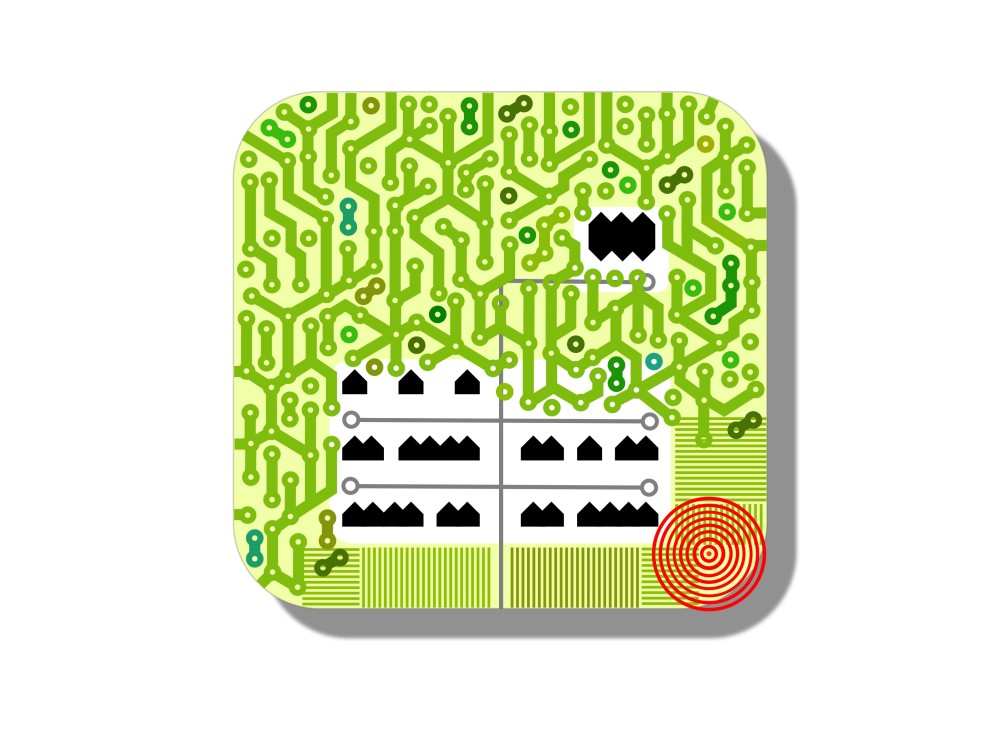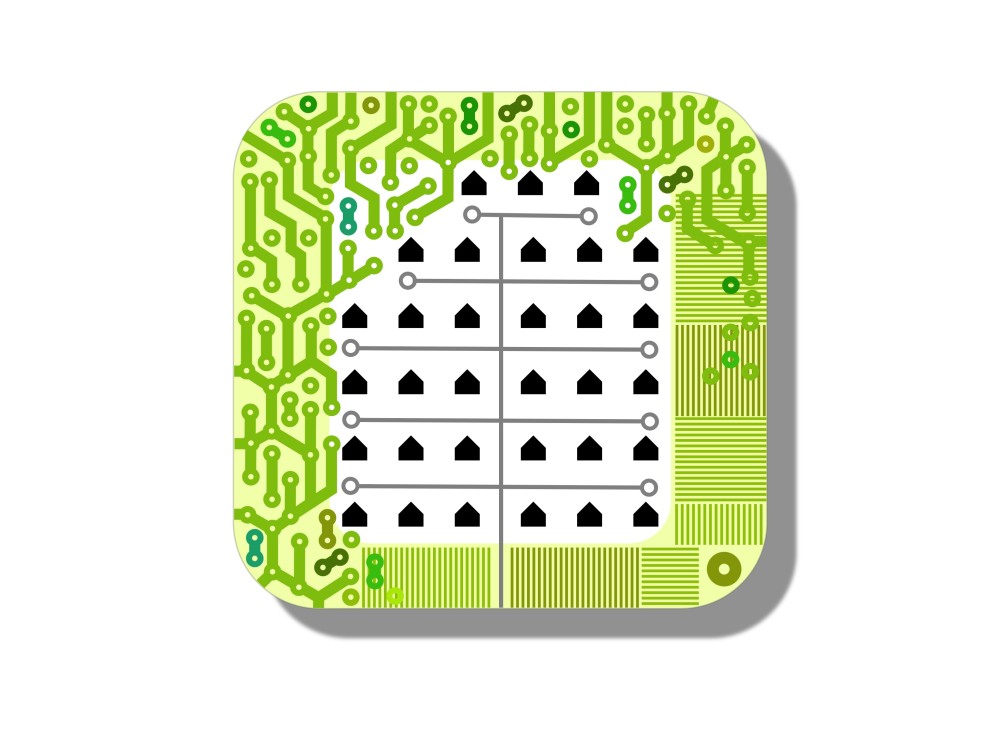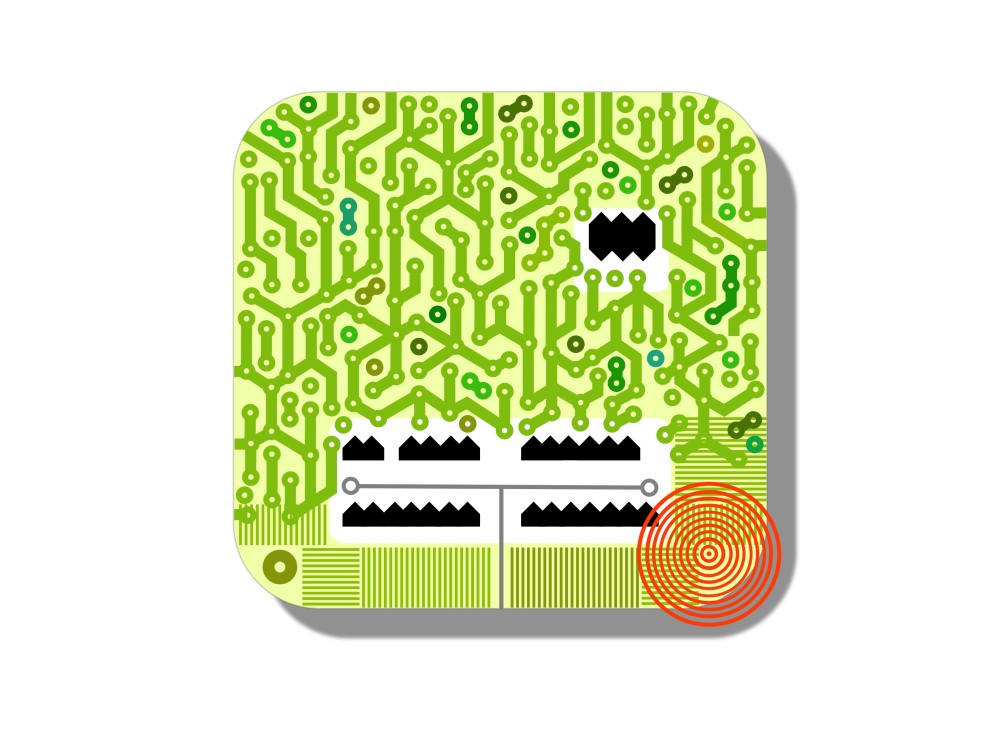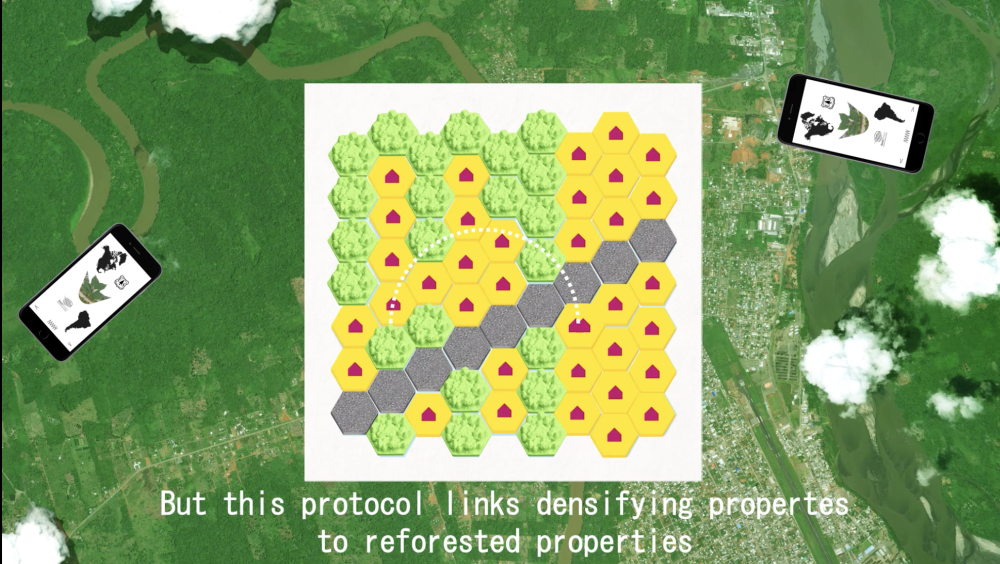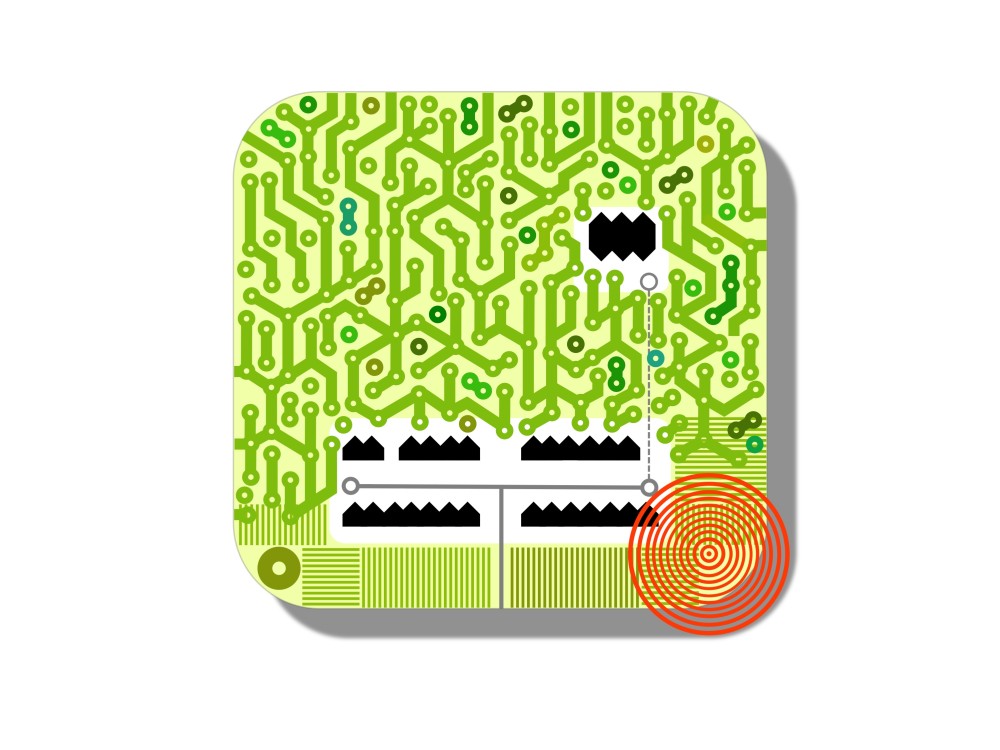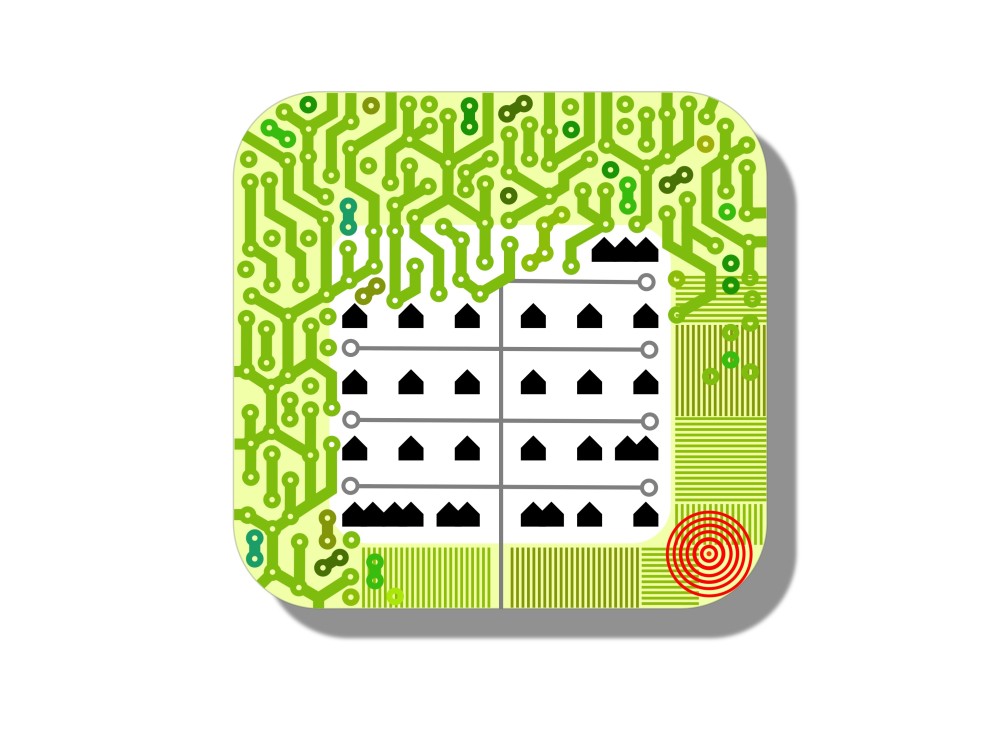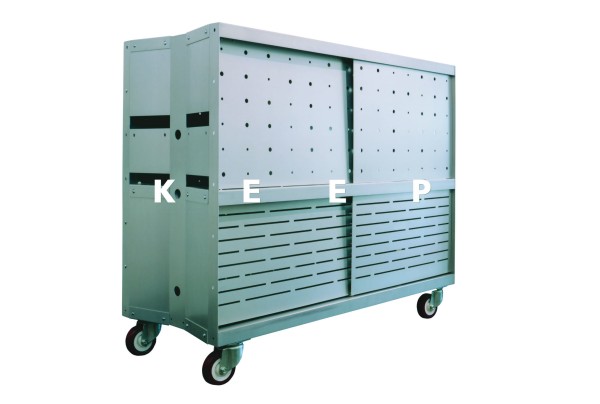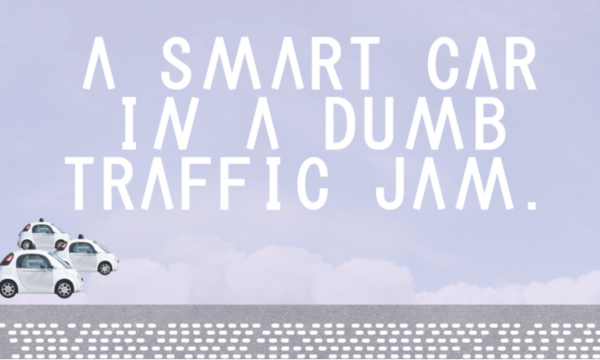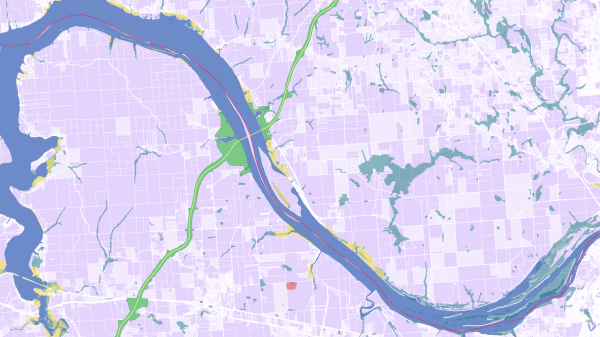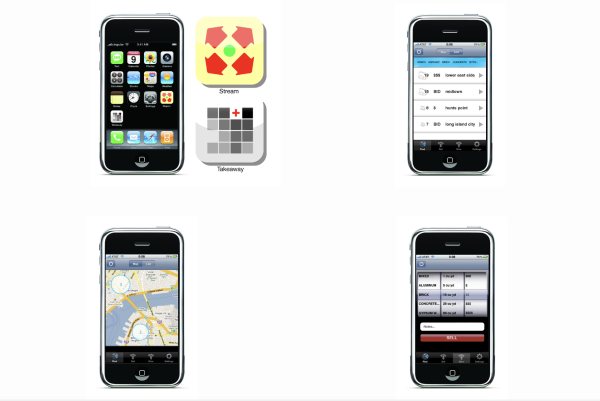Forest/Jungle Protocol
2014
This protocol puts roads, broadband, and forest/jungle in an interdependent interplay to shrink encroaching development in sensitive landscapes. New broadband capacities from fiber optic cable in populous countries like Kenya serve a skyrocketing number of cell phones making digital telecommunications more robust. But spatial information systems are more robust when people access each other and multiply their exchanges. In Kenya the urban vessels that accompany digital technologies are often large highways or zone enclaves that decrease exchanges, inflate the distances between people or make cities with the topology of a closed loop. While roads are typically regarded as conduits of progress and opportunity, in rural or wilderness areas, it might be more productive to dial down roads when dialing up broadband. Shrinking roads means preserving farm and wilderness while attracting the global networks of tourism and university research. One can then hack a telecommunications network by changing a road as well as changing a bit of code.
